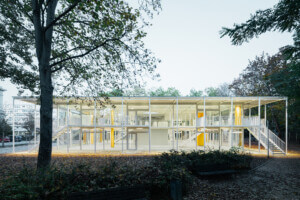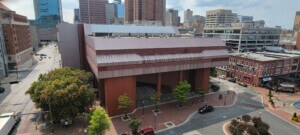Following an 18-month community engagement and planning process—involving 6,000 points of input from over 1,000 students, faculty, staff and community stakeholders—Cooper Robertson has released its campus facilities plan for the University of Maryland (UMD) at College Park. The plan, Cooper Robertson says, signals the institution’s commitment to holistic growth.
Toward that end, the Cooper Robertson plan features new academic, residential and recreational facilities lined upon signature new green spaces and pedestrian thoroughfares including a new Innovation Walk. A 5-mile walking-slash-bike path through nature is also part of Cooper Robertson’s design; it meanders on and off the campus. The plan also proffers improving multimodal transit circulation and taking advantage of five new metro stations slated to soon open.

“This plan builds on the University of Maryland’s role as an ambitious, forward-looking, and value-driven academic institution,” said Mike Aziz, a partner at Cooper Robertson and UMD alum in charge of the master planning effort. “By embracing its legacy of distinction in a modern and strategic program, the university is setting a highly sustainable and lasting directive for the ultimate success of today’s and tomorrow’s students.”
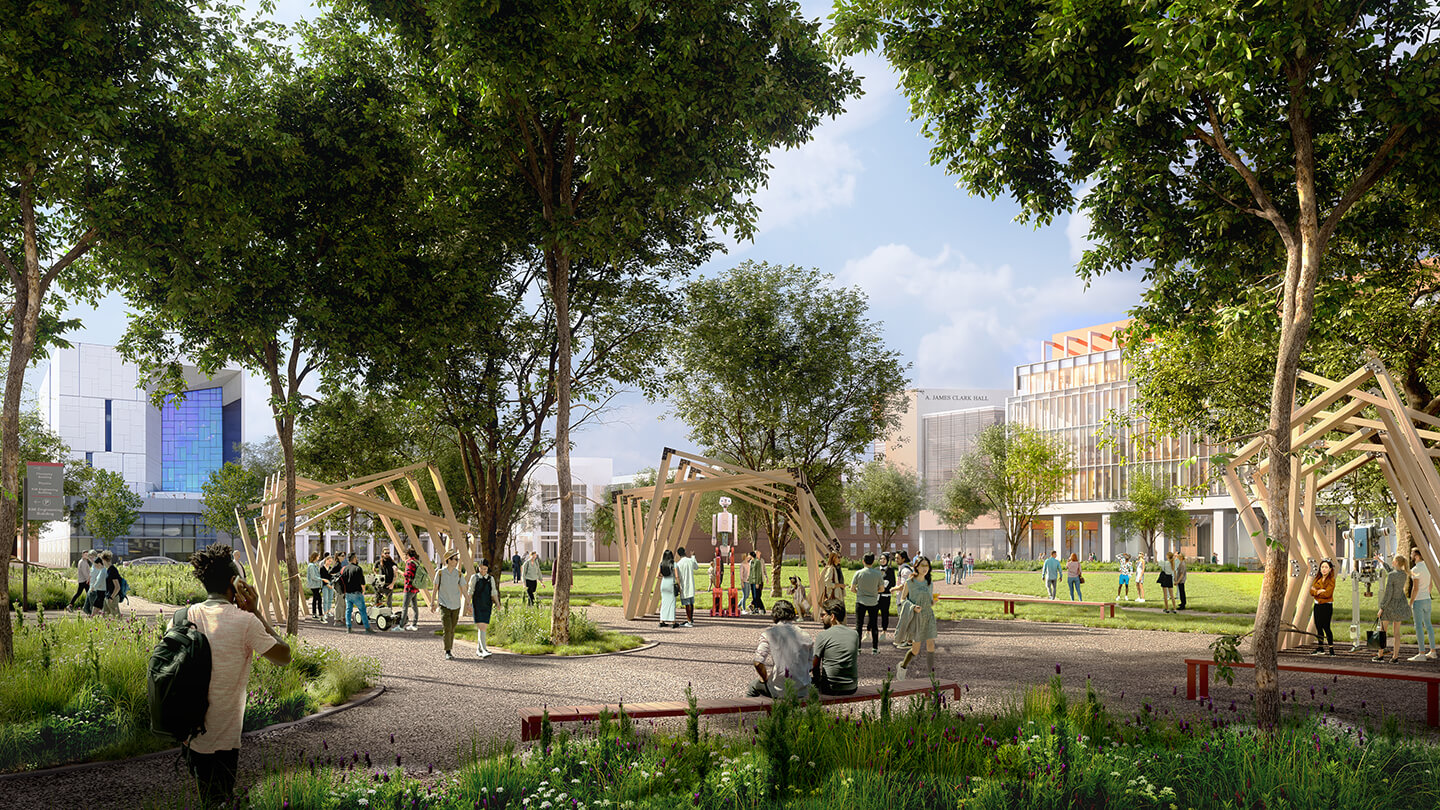
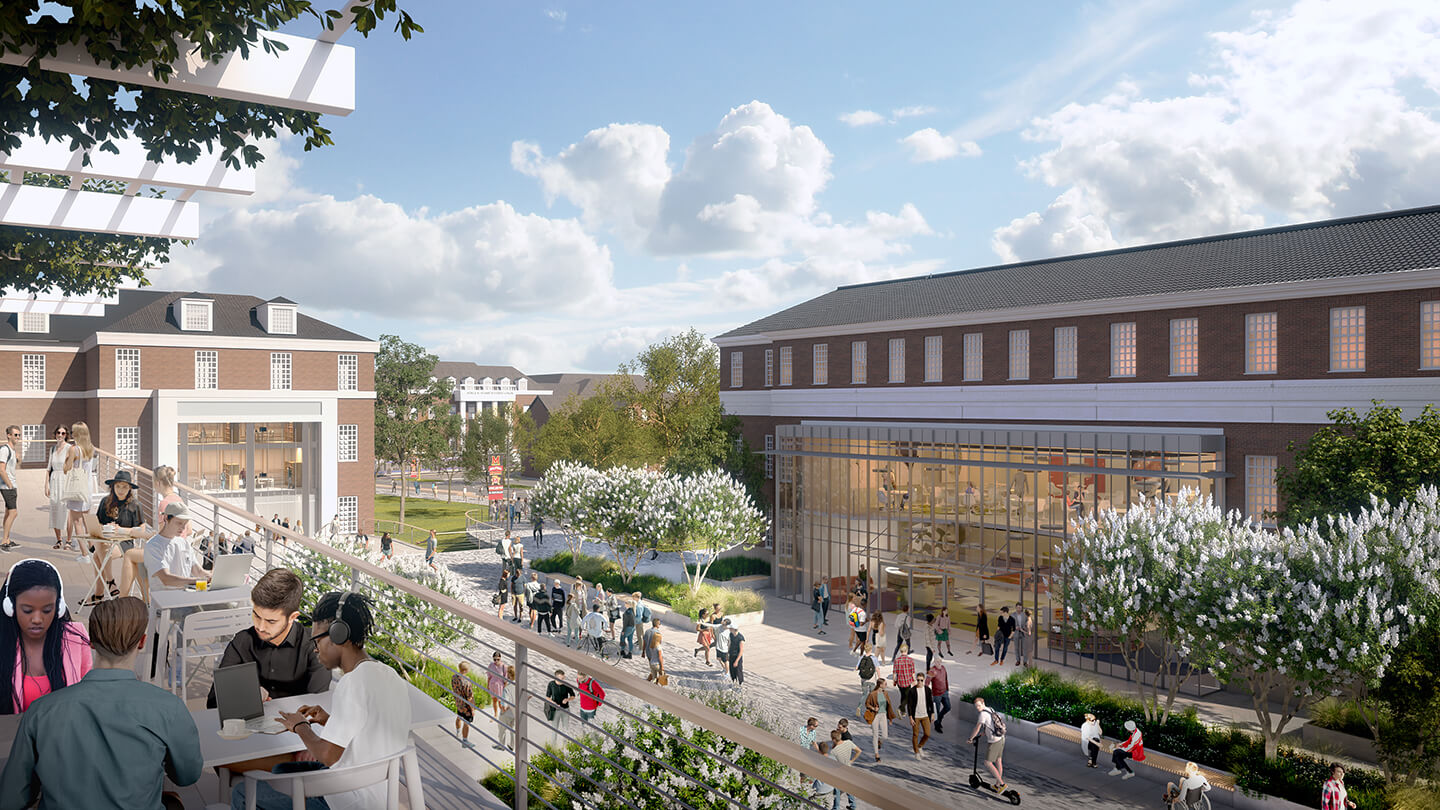
The University of Maryland at College Park, a land grant school, was founded in 1856, and sits on 1,340 acres just outside Washington, D.C. A fire in 1912 destroyed much of the original campus, which was later restored in 1938 by then UMD President Curley Byrd, a staunch segregationist. College Park’s most central building is Morrill Hall, a 19th-century edifice by Henry B. McDonell which was the only building left untouched by the 1912 fire.
Now, current UMD President Darryll J. Pines is looking toward the future. Under Pines’s leadership, UMD’s Clark School of Engineering ranks in the top 10 list in conferring the most degrees to Black students. Cooper Robertson’s master plan at UMD proffers a strategic vision for how UMD can grow its College Park campus as it becomes an “increasingly diverse” institution, the architects say.
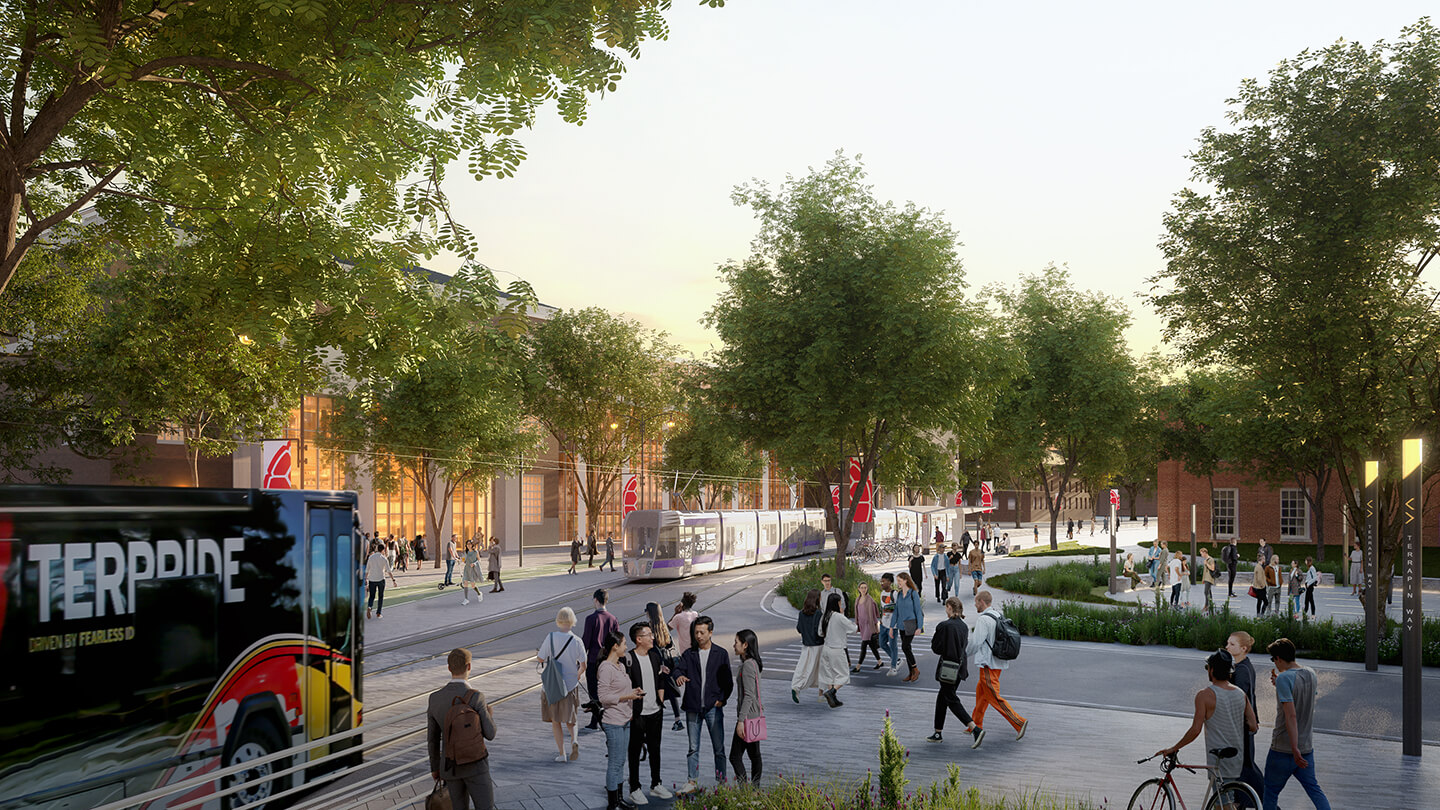
“Our Campus Facilities Plan is more than just a blueprint for development; it’s a commitment to our university‘s holistic growth,” Pines remarked in a statement. “This vision, fueled by input from our diverse community, signifies our dedication to creating environments where every student can thrive, learn and lead.” The full UMD Campus Master Plan can be found here.
The master plan also identifies opportunities for UMD to upgrade its existing facilities to meet its sustainability goals, among this achieving net-zero carbon emissions by 2025. It likewise shows how UMD can better connect to its surrounding community.
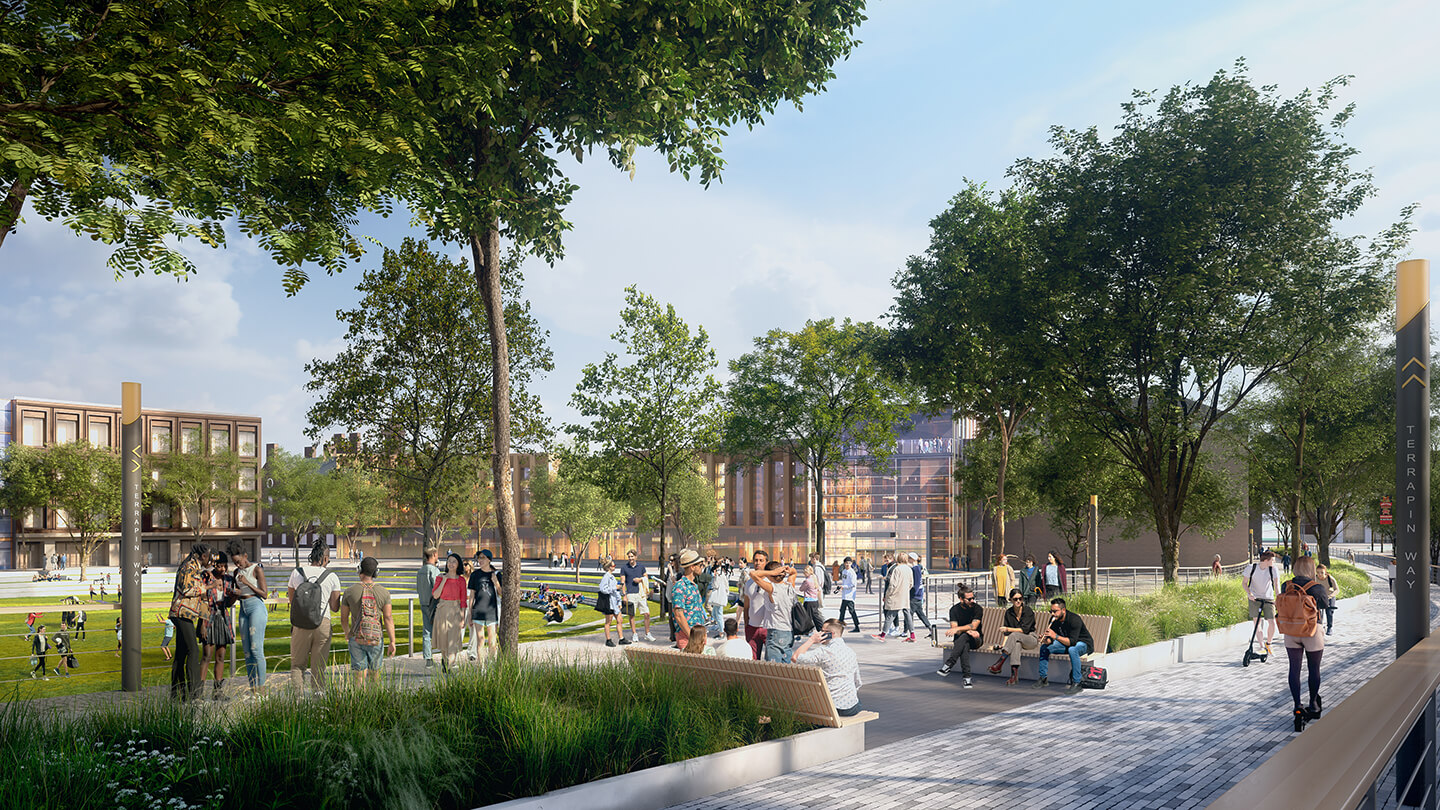
For Cooper Robertson, the UMD project builds upon the firm’s demonstrated track record with transforming college campuses. Previously, Cooper Robertson has worked with Georgia State University, George Washington University, University of Delaware, North Caroline State, Ohio State, University of North Carolina, Cal Tech, Yale, Harvard, Georgetown, the Duke University Medical School, and other education institutions.








